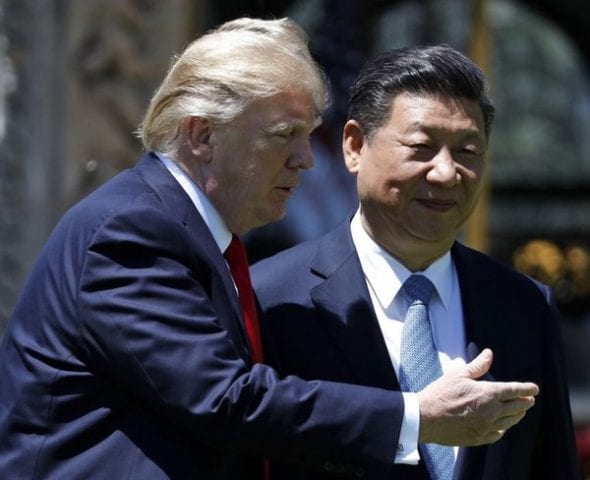 by Cameron Jewell, The Fifth Estate: http://www.thefifthestate.com.au/urbanism/climate-change-news/why-climate-change-is-a-bigger-threat-to-australia-than-terrorism/92922
by Cameron Jewell, The Fifth Estate: http://www.thefifthestate.com.au/urbanism/climate-change-news/why-climate-change-is-a-bigger-threat-to-australia-than-terrorism/92922Climate change is set to drive political instability and conflict in the Asia-Pacific region, according to a report co-authored by ex-coal industry heavyweight Ian Dunlop, but our government has its head in the sand.
The title of the report, Disaster Alley, refers to the Asia-Pacific region – including Australia – where some of the worst impacts of climate change are due to be felt, which could lead to food and water shortages, forced migration and military conflict.
It notes a number of conflicts, including the Syrian crisis and Arab Spring, have been accelerated by climate change and extreme weather events, culminating in mass migration into Europe and growing unrest. According to the UN High Commissioner for Refugees, 65.6 million people have already been forcibly displaced.
“Australia’s near region includes communities increasingly threatened by climate impacts and the resulting effects including dislocation and migration,” the report warns.
The authors take aim at “a failure of imagination” from political, bureaucratic and corporate leaders that has led to a failure to respond to the science on climate change, threatening citizens with “outright chaos”.
These leaders, they argue, are underplaying the high-end risks associated with climate change and also failing to recognise that the existential risk of climate change is completely different from other risk categories.
“Australian institutions are failing in their fiduciary responsibility to safeguard the people and their future wellbeing,” the report says.
“Australia is also failing as a world citizen, by downplaying the profound global impacts of climate change and shirking its responsibility to act.”
While Australia’s key partners are taking the security risks of climate change seriously, “government disinterest” has left Australia unprepared.
“The conflict and security aspects of climate change were flagged a decade ago, but have not been a significant component of public discourse in Australia in recent years,” the report says.
“Defence and security think tanks in general have not given the issue a high priority, and some have barely been in this field at all. The output from Australia’s intelligence analysts appears negligible.”
A major stumbling block has been successive defence ministers from both major political parties, with the report saying neither party “displays a deep understanding or accepts the real implications of climate change for Australians’ security”.
While government inaction is called out – and the approval of the Adani coal mine labelled “a crime against humanity” – the corporate sector is also criticised, with the ASX top 50 companies noted for having the highest embedded carbon profile of any group in the S&P Global 1200.
The report provides a number of recommendations for government:
- Understand the risks: Establish a top-level climate and conflict taskforce in Australia to urgently examine the existential risks of climate change and develop risk-management techniques and policy-making methodologies appropriate to the challenge
- Emergency program: Climate change now represents a global emergency, which threatens human civilisation. Build international processes that specifically recognise and formulate the practical steps necessary for a coordinated, global climate emergency response based on a sound, existential risk-management approach
- Rapid decarbonisation: Launch an emergency-scale initiative to decarbonise the Australian economy no later than 2030 and build the capacity to draw down carbon dioxide from the atmosphere while protecting food-growing capacity
- Finance resilience: Build more resilient communities in the most vulnerable nations by high-level financial commitments and development assistance; build a flexible capacity to support communities in likely hotspots of instability and conflict
- Be ready: Ensure all levels of government and civil society organisations are prepared for the impacts of projected climate change. Ensure Australian Defence Force preparedness, their mission and operational resilience, and their capacity for humanitarian aid and disaster relief, is adequate across the full range of projected climate change scenarios
- Build leadership: Establish a national leadership group outside conventional politics, drawn from across society, charged with implementing the national climate emergency program

/https://public-media.smithsonianmag.com/filer/d5/4c/d54ca68d-b6a0-4416-8ca1-8be6e994ae65/solar_farm_floating_china_power_plant_sungrow_10.jpg)

